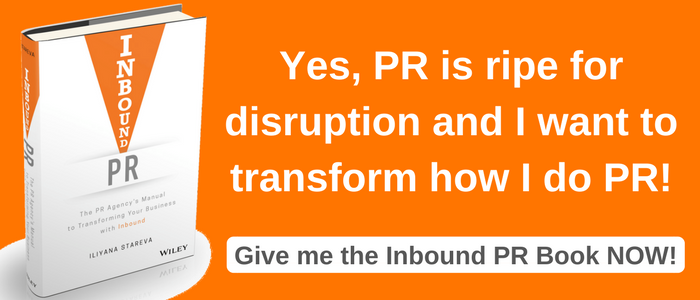When we talk about outbound and inbound, this is how you should think about it: outbound means pushing messages out there to journalists or potential customers for volumes-sake so that it goes out and hopefully reaches as many people as possible; inbound means pulling the right people in with relevant messages that they find on their own and choose to consume of their own will whenever they decide to.
That's what's changed over the past few decades ‒ consumers have become far more sophisticated, educated and guarded with devices, tools and apps to ignore you. Or if you do your job well, to pay attention to you.
This is the world we live in ‒ a constant fight for attention because of a complete saturation with content and information everywhere, all the time, from anyone, brands and ordinary people.
To build a sphere of influence in such a tough environment is a hard job. Usually, that's the job of PR people so I don't envy their new reality. But to stay relevant and manage to break through that attention bubble, PR people need to turn to inbound. They need to combine the good parts of the outbound world and use them for inbound.
Inbound PR focuses on all things digital across paid, earned, social and owned media (PESO) and with this post I want to show you a few ways in which you can turn traditional PR activities into Inbound PR activities. Here we go.











